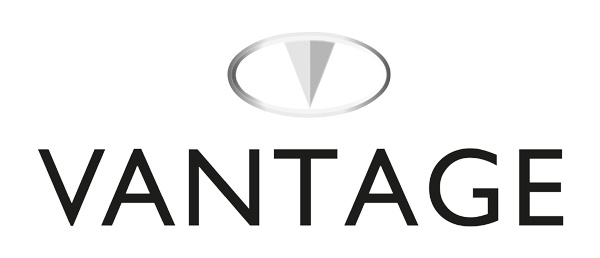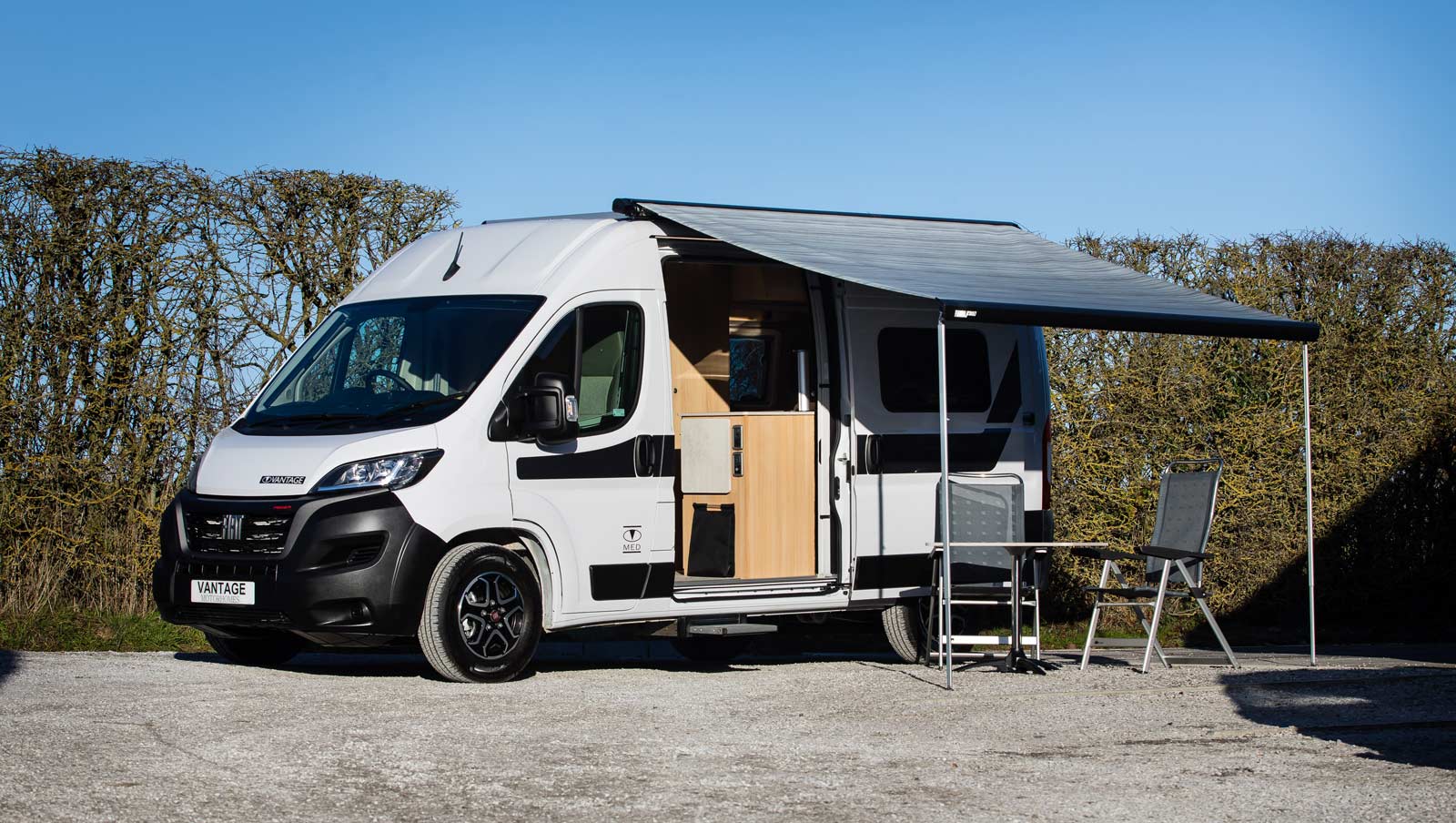After many years of motorhoming experience, and having listened to our customers along the way, we have come up with the top 10 tips you may wish to consider when choosing your new motorhome.
1. Overall vehicle size
Consider the height and width as well as the length. If you’re planning to drive down country roads in Cornwall, rural France or Europe forget a bulky coachbuilt as you will not see ‘the road less travelled’. Go too small though, and you’ll only be one step above camping.
2. The right layout
For a panel van conversion, choose either a front or rear lounge layout. A front lounge layout will give you an open aspect through the sliding door. A rear lounge arrangement will often create a dual zone, allowing swivel seats in the cab area to create an additional sitting area or dinette, even when the bed is made up.
Most motorhomes are designed to be used primarily as two-berth leisure vehicles. People often make the mistake of trying to include additional passenger seats (to accommodate grandchildren, elderly parents etc.) at the sacrifice of their ideal layout. The novelty of the extended family coming along can be very short lived, so for the short periods you feel you need extra berths, you may find it more costeffective to hire a larger motorhome.
90-95% of the time your motorhome will be used as a two-berth motorhome, so choose that as your ideal layout. Decide who you are buying your motorhome for and exactly how it is going to be used for the majority of the time.
3. Comfortable sleeping arrangements
About 50% of your time in your motorhome will be spent in bed so choosing the right sleeping arrangements is a key consideration. Ensure the bed size is big enough and decide whether you prefer two single beds or one large double. If you have mobility issues, watch out for the ‘climb over’ scenario where a night-time visit to the loo will involve one person climbing over the other. Beware the kidology that a 4′ 2″ x 6′ bed is a double.
4. Build quality
Check the overall build quality, both for the quality of workmanship and the quality of materials used. Catches, hinges and fittings are often a source of penny-pinching and replacing them will be time consuming and inconvenient.
5. Double-glazed windows for added insulation
The importance of double-glazing can often be overlooked. It is just as important in your motorhome as it is in your home. Avoid singleglazed side and rear windows at all costs as they will not keep you warm in winter or cool in summer. Single-glazed windows run with condensation and often cannot be opened. They invariably have some kind of non-blackout, flimsy curtain arrangement.
6. Workable kitchen
Make sure you have a good size fridge and that everything you will need in the kitchen is easily accessible. Good drawer storage is key. Beware layouts where valuable kitchen storage is taken up by the gas box. Think about what is important to you in a kitchen and make sure there is space for it.
Choose your hob, oven and grill preferences to suit your cooking style. Ensure the hob is near the door and well ventilated, not near the lounge area adjacent to soft furnishings.
7. Loo, washroom and shower
It is likely that when you are parked on a motorhome or caravan site, you will use the facilities provided. However, a fitted flushable loo, washbasin and shower will give you the facilities you need at all other times. Don’t be fooled about a Porta-potti; it is barely adequate.
8. Motorhome specifications
A comprehensive base vehicle package should include such things as passenger and driver airbags and adequate payload (450 – 500kgs). Think about other options you may want within your budget to meet your safety and travelling comfort requirements such as reversing sensors, air conditioning or alloy wheels. Consider too how add-on options may enhance the resale value of your motorhome.
9. Versatile alfresco solutions
When thinking about how you will use your motorhome, don’t forget things such as outside table use and a wind-out awning. A solar panel adds independence and also a healthy trickle charge to your batteries. For easy access ensure that all service points including water filling and drainage, cassette loo and hook up are all located on the offside of the vehicle, away from the immediate sitting area outside your sliding door.
10. Buy from a reputable dealer
Choose a European Type Approved company with a proven track record for producing quality products and for providing a reliable aftersales service.
Avoid the back street ‘we can do anything’ one-man-band workshop and friends. Whilst the deal they offer may appear cheap and the overall finish adequate, the poor aftersales support and lower resale value of your vehicle will almost certainly cost you more in the end. Be aware that bespoke conversions rarely hit the mark. Larger manufacturers will simply churn out vehicles using poor quality mass production techniques and cheap fittings and sell them via a network of dealers with poor aftersales support.

